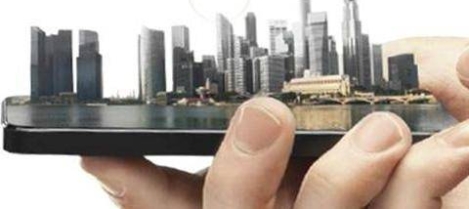May 25, 2016
HR failing to inform European staff on implications of Brexit 0
The majority of non-British Europeans living in the UK don’t feel informed by HR about potential work policy changes caused by Brexit and nine out of ten are worried about what will happen should the referendum lead to an exit vote. The study of 1,000 Europeans by totaljobs also found that one in three (33 percent) would feel discriminated against if they were to look for a job in the UK in the current climate. Of those Europeans already living in the country, (87 percent) are worried about the potential impact of a Brexit vote, with half (49 percent) fearing for their job security and over a third (37 percent) for their personal lives. Worryingly for employers, nearly half (40 percent) of respondents said that the British decision to hold the Brexit referendum has negatively affected their opinion of the country and is forcing some (25 percent) to reconsider their career options outside of the UK.































May 20, 2016
It isn’t easy to grow big when being small makes you more innovative 0
by Matias Rodsevich • Comment, Technology, Workplace, Workplace design
(more…)